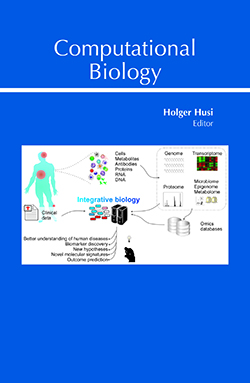Feature Selection in Microarray Data Using Entropy Information
Main Article Content
ABSTRACT
Researchers in biological sciences and genetics are faced with high-dimensional data, such as the microarray data, and the analysis and proper interpretation of these data are very important in bioinformatics and systems biological sciences. In such types of data, the number of variables, for example, the genes, is many times greater than the number of samples. Therefore, the dimension of the data must be reduced at the primary point. Then, the analysis, for example, clustering, is performed on the compacted data. This process is called data summarization. There are various ways to summarize high-dimensional data, which depends on the nature of the data. The aim of data summarization is to remove unnecessary features so that the data are classified more accurately. Shannon’s entropy information is a common method for clustering genes in microarray data and selecting a set of disease-related genes. This chapter introduces and illustrates statistical inference concepts of entropy in microarray data clustering to select a set of the most important genes associated with a disease.
Downloads
Metrics
Article Details

This work is licensed under a Creative Commons Attribution-NonCommercial 4.0 International License.

